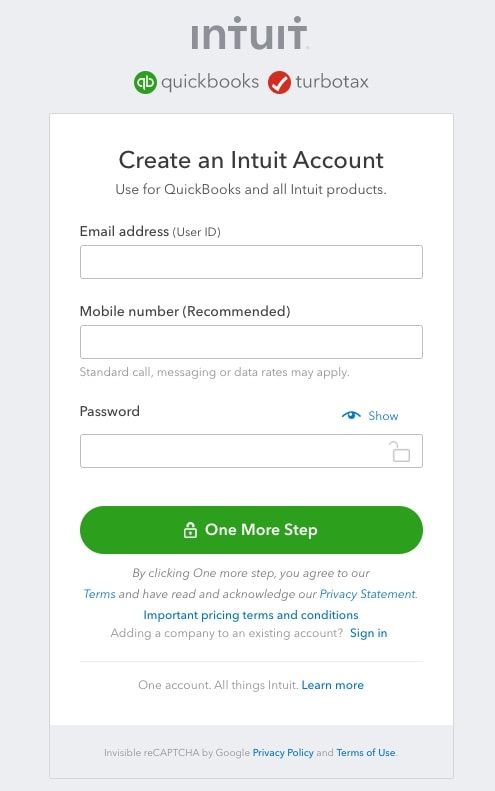- UK QuickBooks Community
- :
- QuickBooks Q & A
- :
- Employees and Payroll
- :
- No worries Mike, any problems, please feel free to get in...
- Mark Topic as New
- Mark Topic as Read
- Float this Topic for Current User
- Bookmark
- Subscribe
- Printer Friendly Page
- Mark as New
- Bookmark
- Subscribe
- Highlight
- Report Inappropriate Content
How do I record the payment of PAYE & NIC to HMRC? Do I just process a journal to Dr the PAYE creditor and Cr the Bank account?
Solved! Go to Solution.
Labels:
0 Cheers
Best answer February 07, 2019
Solved
Accepted Solutions
- Mark as New
- Bookmark
- Subscribe
- Highlight
- Report Inappropriate Content
How do I record the payment of PAYE & NIC to HMRC? Do I just process a journal to Dr the PAYE creditor and Cr the Bank account?
Hi mike.
Thank you for contacting Community.
Depending on which version of Payroll you are running, assuming you are running your Payroll through QuickBooks at all, you would simply make an expense payment to the corresponding liability account.
When you originally run your Payroll or create a Journal, this should post to the corresponding liability accounts increasing the liability stating that these amounts still need to be paid. For example, you may run your payroll to record your Employee Wages to the Payroll Clearing liability account. This would increase the liability to the Payroll Clearing account stating the payments still need to be paid. When you are then recording the payments on the payroll, the payments you make to your employees, you would record them as expenses out of your company to the Payroll Clearing liability account. This would then reduce the liability and would reset the balance of the account down to 0 (Indicating there is no liability outstanding) ready for the next period.
Let me know if you have any queries. Or, if you'd like to go through this over the phone, you can call our dedicated team who will be happy to assist you. Our contact details can be found here along with our opening hours.
0 Cheers
5 REPLIES 5
- Mark as New
- Bookmark
- Subscribe
- Highlight
- Report Inappropriate Content
How do I record the payment of PAYE & NIC to HMRC? Do I just process a journal to Dr the PAYE creditor and Cr the Bank account?
Hi mike.
Thank you for contacting Community.
Depending on which version of Payroll you are running, assuming you are running your Payroll through QuickBooks at all, you would simply make an expense payment to the corresponding liability account.
When you originally run your Payroll or create a Journal, this should post to the corresponding liability accounts increasing the liability stating that these amounts still need to be paid. For example, you may run your payroll to record your Employee Wages to the Payroll Clearing liability account. This would increase the liability to the Payroll Clearing account stating the payments still need to be paid. When you are then recording the payments on the payroll, the payments you make to your employees, you would record them as expenses out of your company to the Payroll Clearing liability account. This would then reduce the liability and would reset the balance of the account down to 0 (Indicating there is no liability outstanding) ready for the next period.
Let me know if you have any queries. Or, if you'd like to go through this over the phone, you can call our dedicated team who will be happy to assist you. Our contact details can be found here along with our opening hours.
0 Cheers
- Mark as New
- Bookmark
- Subscribe
- Highlight
- Report Inappropriate Content
How do I record the payment of PAYE & NIC to HMRC? Do I just process a journal to Dr the PAYE creditor and Cr the Bank account?
Thanks IntuitAsh, I am using the Quickbooks payroll and to posting an expense payment worked a treat. Mike
0 Cheers
- Mark as New
- Bookmark
- Subscribe
- Highlight
- Report Inappropriate Content
How do I record the payment of PAYE & NIC to HMRC? Do I just process a journal to Dr the PAYE creditor and Cr the Bank account?
No worries Mike, any problems, please feel free to get in touch :)
0 Cheers
- Mark as New
- Bookmark
- Subscribe
- Highlight
- Report Inappropriate Content
How do I record the payment of PAYE & NIC to HMRC? Do I just process a journal to Dr the PAYE creditor and Cr the Bank account?
Dear QB, I would like some help in doing this. Could you please advise how to reference this topic thread when I call tomorrow?
0 Cheers
- Mark as New
- Bookmark
- Subscribe
- Highlight
- Report Inappropriate Content
How do I record the payment of PAYE & NIC to HMRC? Do I just process a journal to Dr the PAYE creditor and Cr the Bank account?
You can provide the link of this thread, Support29.
I'll show how you can reach out to an agent:
- Click Help inside QuickBooks Online.
- Select Contact Us.
- Enter "Recording the payment of PAYE and NIC to HMRC", then click Let's talk.
- Select either Start messaging or Get a callback.
I'll share some helpful articles for QuickBooks Online as a future reference.
You're always welcome to post in the Community if you need our help.
0 Cheers
Recommendations
Featured

Ready to get started with QuickBooks Online? This walkthrough guides you
th...
